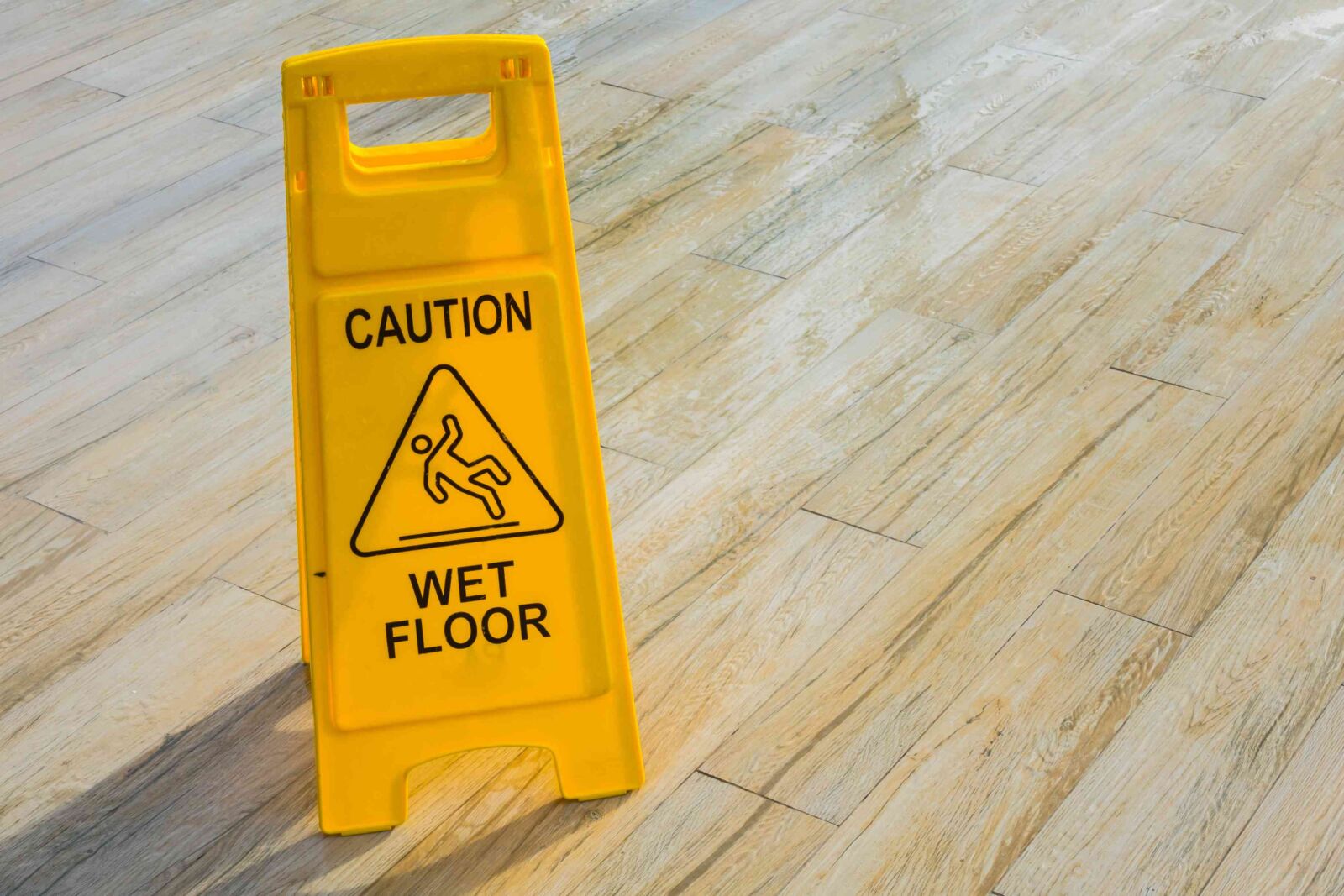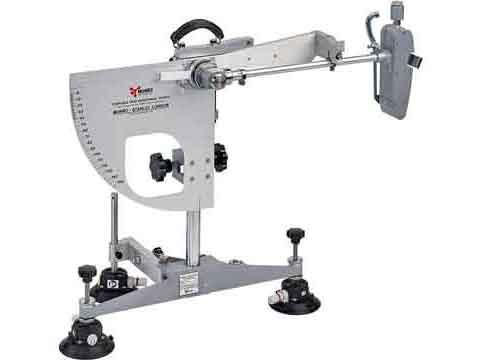What Are Slip Resistance Ratings in the UK?
What Are Slip Resistance Ratings in the UK?
Slip resistance is a crucial aspect to consider in various industries and environments, especially when it comes to ensuring the safety and well-being of individuals. In the United Kingdom, slip resistance ratings play a vital role in determining the suitability of surfaces for different applications. From commercial buildings to public spaces and residential areas, understanding slip resistance ratings is essential for maintaining a secure environment and preventing accidents caused by slips and falls.
Slip accidents can lead to serious injuries and even fatalities, making slip resistance an essential consideration in many settings. In the UK, slip resistance ratings provide a standardized way to evaluate the slip resistance properties of surfaces and materials. This article will delve into the significance of slip resistance ratings in the UK, explore the British standards and test methods involved, and offer guidance on maintaining slip resistance.
Understanding Slip Resistance Ratings
Slip resistance ratings are measurements that determine the level of grip provided by a surface. These ratings help assess the likelihood of slipping, taking into account various factors such as footwear, contaminants, and environmental conditions. Understanding these ratings is crucial for selecting appropriate materials and flooring solutions that minimize the risk of slips and falls.
Why is Slip Resistance in the UK important?
The UK places significant emphasis on slip resistance due to the potential impact on public safety and personal well-being. Slip accidents can occur in various settings, including workplaces, public areas, and residential buildings. By adhering to slip resistance guidelines and standards, the UK aims to reduce accidents and create safer environments for everyone.

British Standards for Slip Resistance
In the UK, slip resistance ratings are determined by British Standards. The most commonly used standard for slip resistance is BS 7976, which provides a comprehensive framework for assessing the slip resistance of flooring materials. This standard outlines various test methods and criteria to ensure accurate and reliable measurements.
Common Test Methods for Slip Resistance
Several test methods are used to evaluate slip resistance. The most frequently employed methods include the Pendulum Test, the Ramp Test, and the Tortus Test. Each method measures different aspects of slip resistance, such as friction and surface roughness, providing valuable insights into the safety performance of flooring materials.
Interpreting Slip Resistance Ratings
Slip resistance ratings are typically expressed as Pendulum Test Values (PTV) or Slip Resistance Values (SRV). These values range from 0 to 100, with higher values indicating greater slip resistance. By understanding how to interpret these ratings, individuals can make informed decisions when selecting flooring materials for specific applications.
Slip Resistance Regulations in the UK
The UK has established various regulations and guidelines to ensure slip resistance in different settings. These regulations cover areas such as workplaces, public access areas, and transportation. Compliance with these regulations is crucial for organizations and individuals to maintain a safe and secure environment for everyone.
Factors Affecting Slip Resistance
Several factors can affect the slip resistance of a surface. These include the type of flooring material, the presence of contaminants such as water, oil, or dust, footwear characteristics, and environmental conditions like temperature and humidity. It is important to consider these factors when assessing slip resistance and implementing measures to enhance safety.
Choosing Slip-Resistant Flooring Materials
Selecting the right flooring materials is essential for maintaining slip resistance. Various options are available, including rubber, vinyl, carpet, and specialized anti-slip coatings. Each material has its own slip resistance properties, durability, and maintenance requirements. Considering the specific needs of the environment and the level of foot traffic is crucial when choosing the most appropriate flooring solution.
Maintaining Slip Resistance
Ensuring long-lasting slip resistance requires regular maintenance and cleaning practices. Regular inspections should be conducted to identify any issues or signs of wear and tear. Promptly addressing spills, removing debris, and using appropriate cleaning agents can help maintain the slip resistance of the flooring. Additionally, implementing proper cleaning and maintenance protocols is essential to prevent the buildup of contaminants that can compromise slip resistance.
Training and Education on Slip Prevention
Educating individuals about slip prevention is vital in reducing accidents. Training programs should be implemented to raise awareness about the importance of slip resistance, proper footwear, and safe walking techniques. By providing employees, residents, and the general public with the necessary knowledge and skills, the risk of slip-related incidents can be significantly reduced.
Benefits of Slip Resistance
Investing in slip resistance measures offers numerous benefits. First and foremost, it helps prevent injuries and minimizes the associated costs, including medical expenses and potential litigation. Slip resistance also enhances productivity by creating a safe and comfortable environment where individuals can move with confidence. Furthermore, it improves the overall reputation and trustworthiness of establishments that prioritize safety.
Pendulum Slip Testing
Pendulum Slip Testing is one of the commonly used methods to assess slip resistance. It measures the dynamic coefficient of friction (CoF) between a slider mounted on the pendulum arm and the test surface. The test mimics the movement and interaction between a foot and the floor, providing a reliable indication of slipperiness.
During the test, the pendulum is released, and as it swings, the slider contacts the surface being evaluated. The friction generated between the slider and the surface determines the pendulum's deceleration. The deceleration value is recorded and converted into a Pendulum Test Value (PTV), which represents the slip resistance rating.
The PTV scale ranges from 0 to 100, where 0 indicates no friction (highly slippery), and 100 signifies extremely high friction (no slip). The higher the PTV, the better the slip resistance of the surface.
Pendulum Slip Testing offers several advantages. Firstly, it provides a reliable and objective measurement of slip resistance that correlates well with real-life slip incidents. The test takes into account various factors that influence slipperiness, such as contaminants, footwear, and surface roughness. This comprehensive evaluation helps in identifying potential slip hazards and selecting appropriate flooring materials.
Another advantage of Pendulum Slip Testing is its versatility. It can be performed in both wet and dry conditions, making it suitable for various environments, including swimming pools, kitchens, corridors, and outdoor areas. The test can also be conducted on different flooring types, such as tiles, vinyl, carpet, and concrete, allowing for comprehensive slip resistance assessments.
Furthermore, Pendulum Slip Testing is recognized and endorsed by various standards organizations and regulatory bodies worldwide. In the UK, it aligns with the British Standards (BS 7976) and the Health and Safety Executive (HSE) guidelines, ensuring consistency and reliability in slip resistance evaluations.
To ensure accurate and valid results, Pendulum Slip Testing should be conducted by trained professionals using calibrated equipment. The testing procedure should follow established protocols and standards to maintain consistency and repeatability. Regular maintenance and calibration of the pendulum apparatus are essential to ensure reliable measurements.
In conclusion, Pendulum Slip Testing is a valuable method for evaluating slip resistance. It provides objective and reliable results that aid in the selection of appropriate flooring materials and the prevention of slip-related accidents. By considering the Pendulum Test Values (PTVs) obtained from this testing method, individuals and organizations can make informed decisions to create safer environments for everyone.

Share
Recent posts
-
Why is the Pendulum Tester the Preferred Method for Slip Testing?
Posted 9th April, 2024 -
How to Prevent Slippery Floors
Posted 9th April, 2024 -
Slip Risk Assessment in Laboratories
Posted 9th April, 2024 -
Benefits of Slip Risk Assessment Service
Posted 9th April, 2024 -
Slip and Fall Accident Report Guide
Posted 22nd February, 2024 -
What is pendulum slip testing and how does it assess slip resistance?
Posted 28th January, 2024
